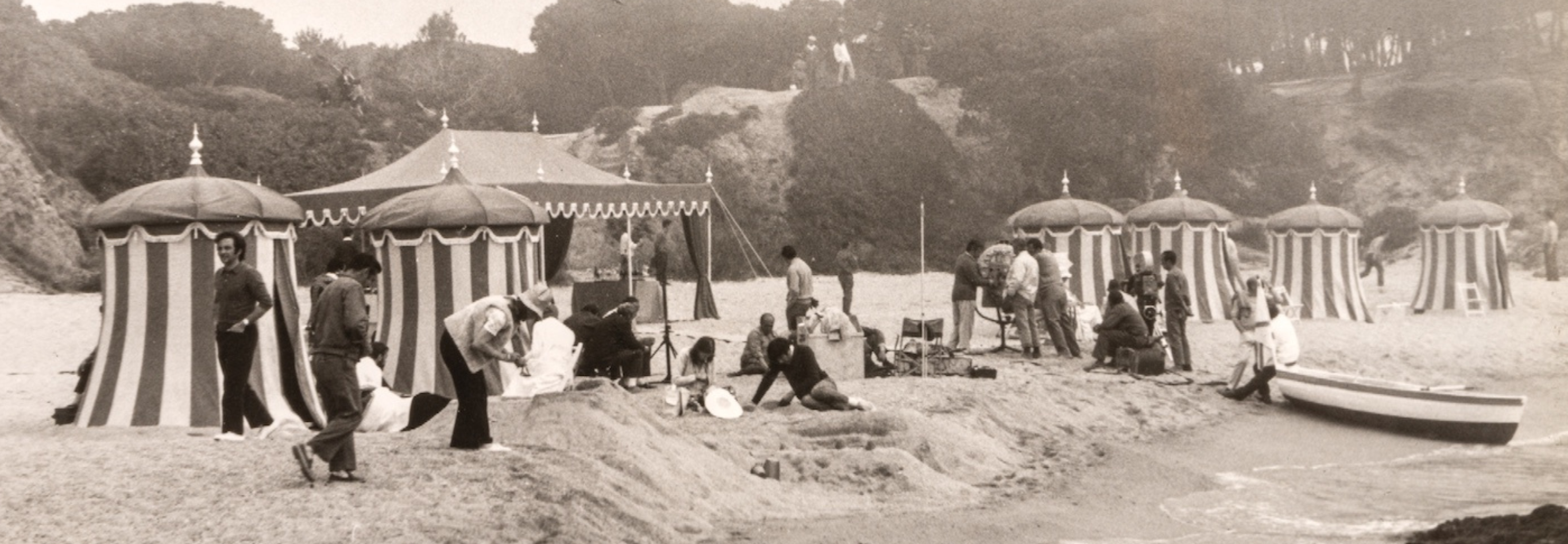
S’Agaró, a film set
Beyond the cinematographic myths that have visited S’Agaró and stayed at the Hostal de La Gavina, this environment has been the scene of great productions that have traveled around the world.
PANEL 04
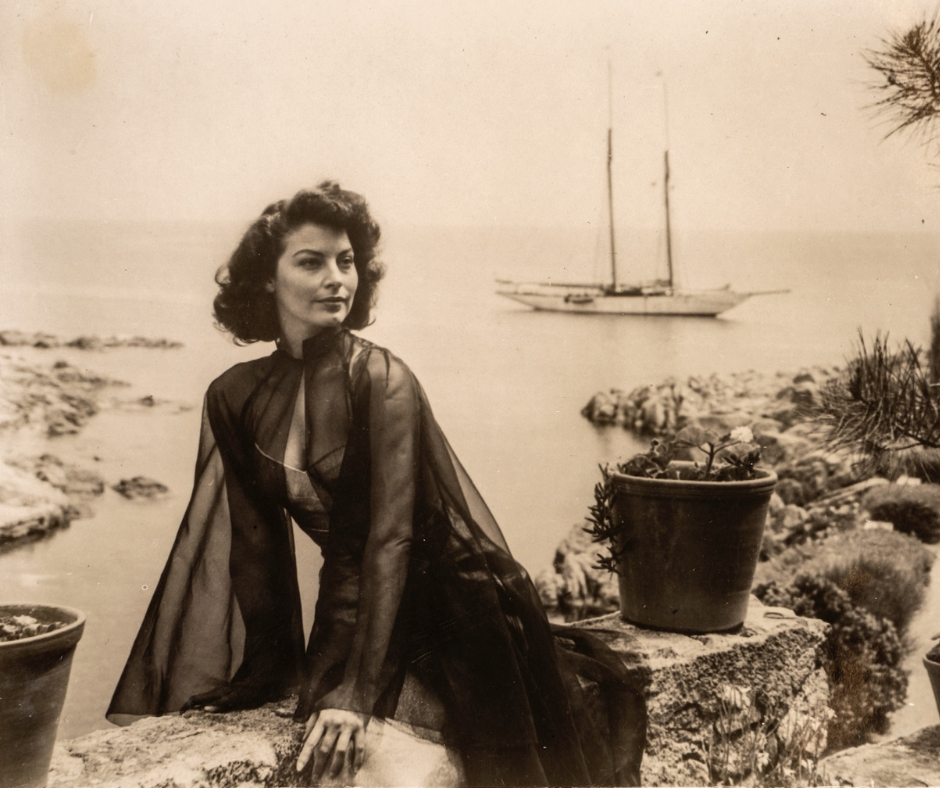
Ava Gardner, decisive
On the night of April 22, 1950, Albert Lewin, Ava Gardner and the film crew of Pandora and the Flying Dutchman arrived at La Gavina. If Albert Puig Palau, the owner of Mas Juny, had not come up with the idea of inviting Lewin to spend a few days on the Costa Brava, the film would not have been made here. It was during that stay when the filmmaker discovered the clean and pure landscapes where he could recreate “Esperanza”, the little fishing village where the story took place. After the press learned about the project, it catapulted Ava Gardner, James Mason, Nigel Patrick and the bullfighter Mario Cabré to the status of media heroes.
This mirage was reinforced thanks to the arrival of a jealous Frank Sinatra, who wanted to check if the most beautiful animal in the world and the bullfighter were living, as Variety magazine said, a love story that seemed like something out of a movie. The legend was beginning to be built.
Orson Welles, amazed
Welles spoke to a journalist from Áncora for a while while he had a gin fizz. He complained about the precariousness of the roads and their poor signage; He ignored the Costa Azul – “you will no longer find it beautiful after having visited the Costa Brava” – and praised “the delight of Catalan wines and its select cuisine.” The maître Diego Herranz also attested to his good palate: “He ate well,” he explained, “and he drank even better. His drunkenness was also notorious. But he was a man who knew what he ate and knew how to value it.”
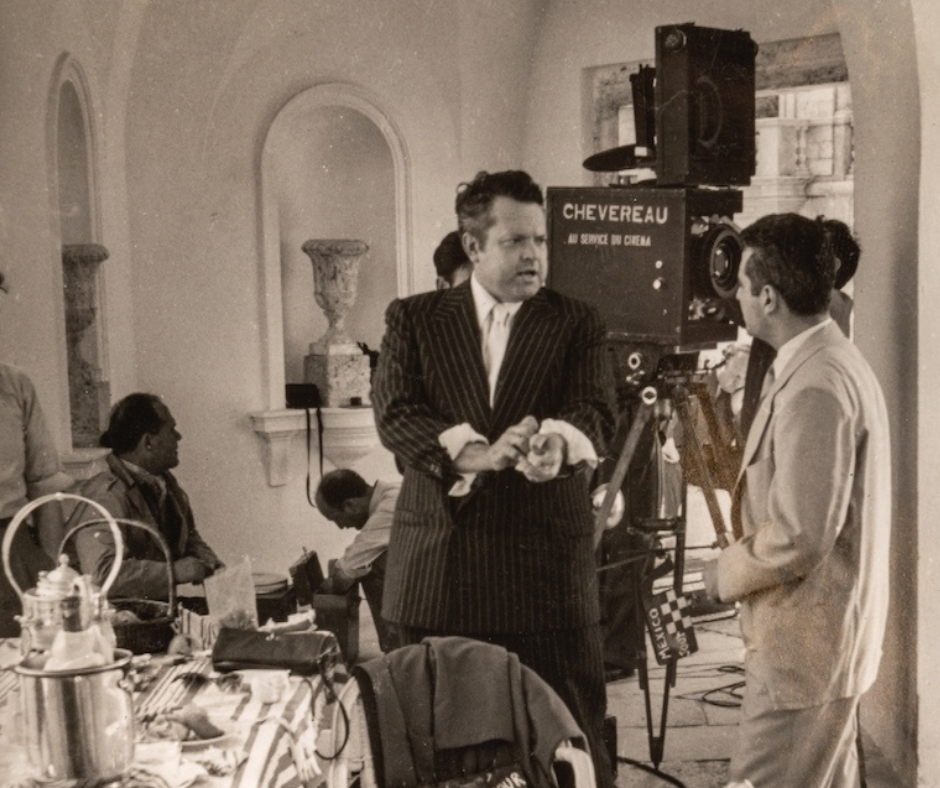
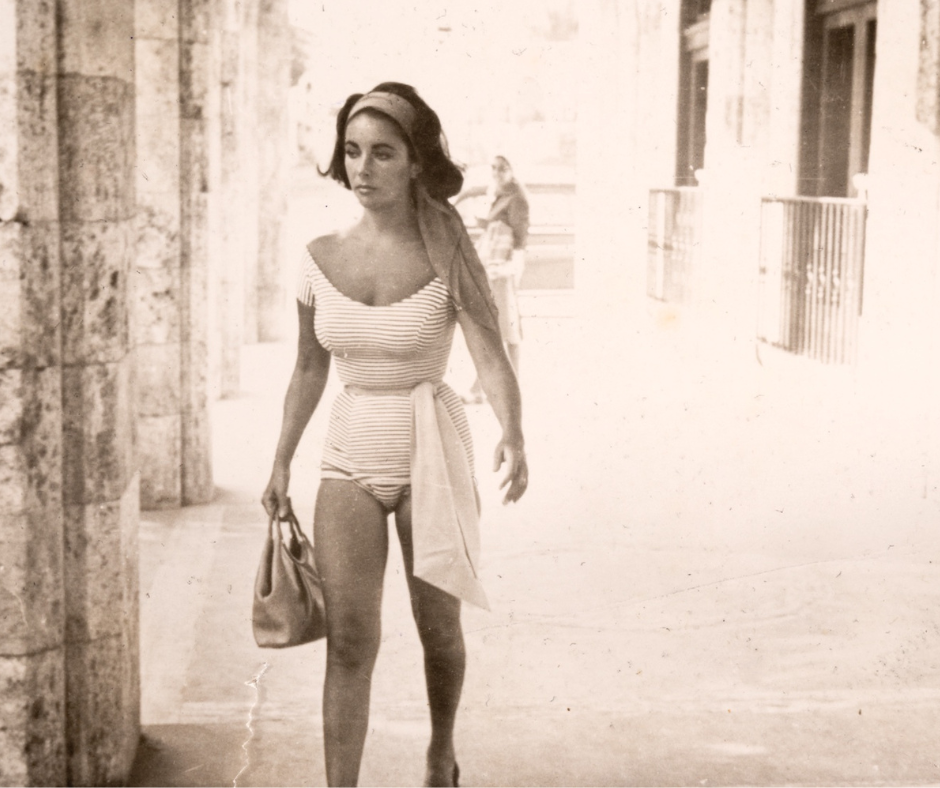
Liz Taylor, diva
Initially, Taylor and Fisher had paid the rent for a villa in Palamós to reside while Suddenly, Last Summer (J. L. Mankiewicz, 1959) was being filmed, but the cleaning women of that home refused to serve the actress “because she had been married three times, being divorced and having had a very tumultuous last wedding.”
As a result of that rejection, the Taylors chose to stay in La Gavina, where Mankiewicz and the millionaire Gloria Vanderbilt had also settled. The Taylors already knew the Hostel, they had spent one night, months ago, while on a luxury cruise through the Mediterranean.
The first day of the quartet on the beach of Sant Pol was a small disaster. The beachgoers chased them to photograph them and, to top it all off, a woman reproached them for all the harm they had done to Debbie Reynolds. In view of this reception, they returned to the hotel with their tails between their legs.
Scenes by the sea
While staying at La Gavina, John Wayne sprained his ankle. The doctor who treated him played him a Pau Casals album where he performed The Song of the Birds and, while bandaging him, told him: “Listen to the best medicine in the world.”
Before leaving La Gavina, Wayne wanted to throw a party. The maître’d, Diego Herranz, remembered it very well: “At reception they told me to be careful, because I had already settled the hotel pension and had to be charged separately. In the middle of the party I told him: «John Wayne. “You have to settle the bill for me.” Although Herranz claimed that the actor had left the Hostel without paying, Virginia Ensesa denied this, adding that her father, Josep Ensesa, had always maintained that Wayne had paid them that amount.
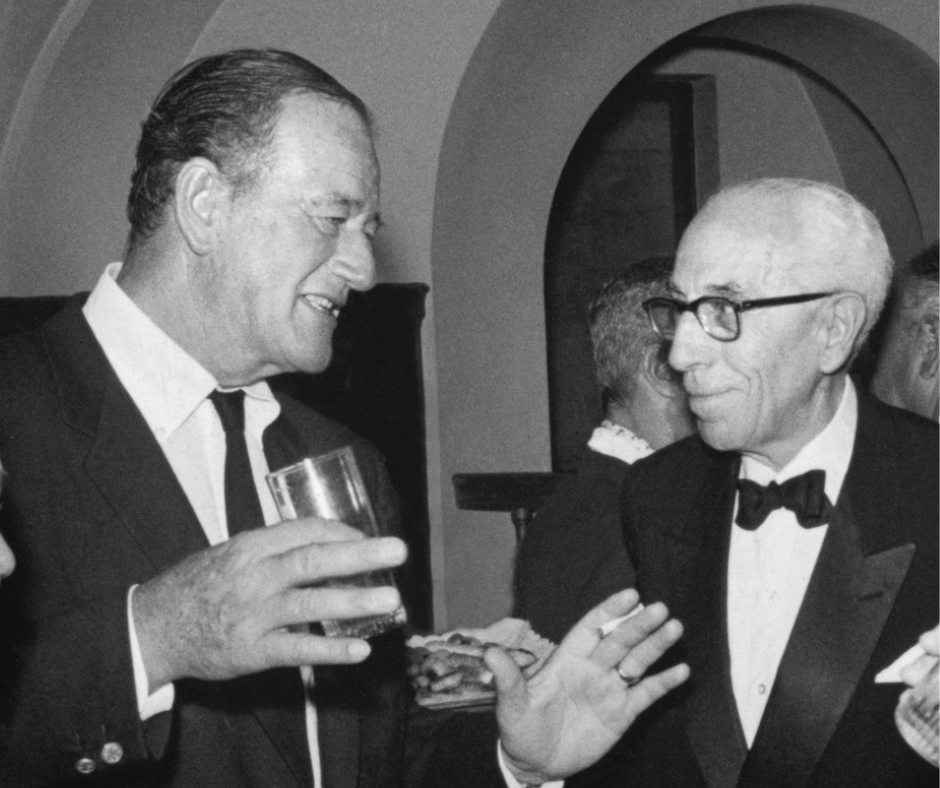
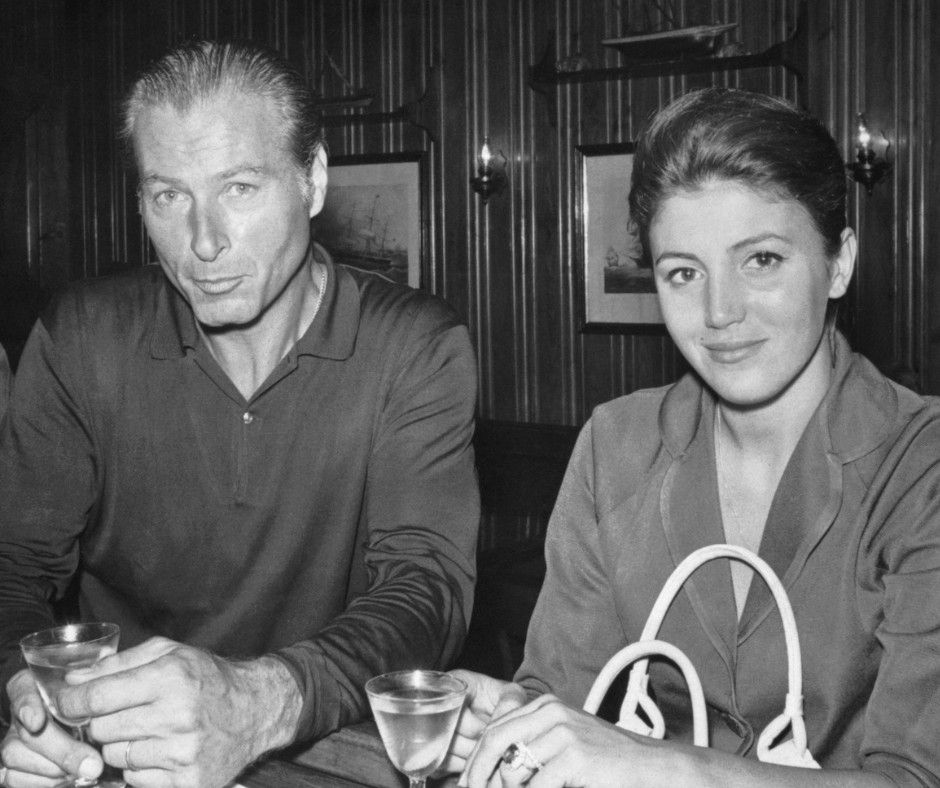
La Gavina, meeting point
The films shot in S’Agaró with foreign capital had very tight budgets. Hell in Caracas (Marcello Baldi, 1966), Mister Dinamita (Franz Josef Gottlieb, 1967), with Lex Barker, Some Girls Do (Ralph Thomas, 1968) or Quel pomeriggio maledetto (Mario Siciliano, 1977), with Lee van Cervera are some examples.
Despite the journalistic coverage that many of these filmings received, Franco’s censorship could end up preventing the release of the films, especially when they touched on uncomfortable topics for the dictatorship such as homosexuality, incest or the misery of the Spanish population, as happened with The Spanish Gardener (Philip Leacock, 1956) or Suddenly, Last Summer (J. L. Mankiewicz, 1959).
S’Agaró, as if it were Crimea
Nicholas and Alexandra chronicled the end of the Romanov dynasty. Given the impossibility of obtaining permits in the Soviet Union, Sam Spiegel had decided to recreate the scenarios in various parts of Spain. A few days after finishing filming, bombshell news unleashed the team: three of its members had won an Oscar. Franklin J. Schaffner and Gil Parrondo received best direction and best art direction for Patton (F. J. Schaffner, 1970), and Freddie Young received best cinematography for Ryan’s Daughter (David Lean, 1970). “My wife – Parrondo would explain – called me at four in the morning to tell me. It seemed impossible to me. Sleepless, I went to S’Agaró beach. “I was there alone, at dawn, crying with emotion.”
The following year, Nicholas and Alexandra also competed at the Oscars. Despite aspiring to six nominations, it took home the awards for best costumes (Antonio Castillo) and best artistic direction (Gil Parrondo).

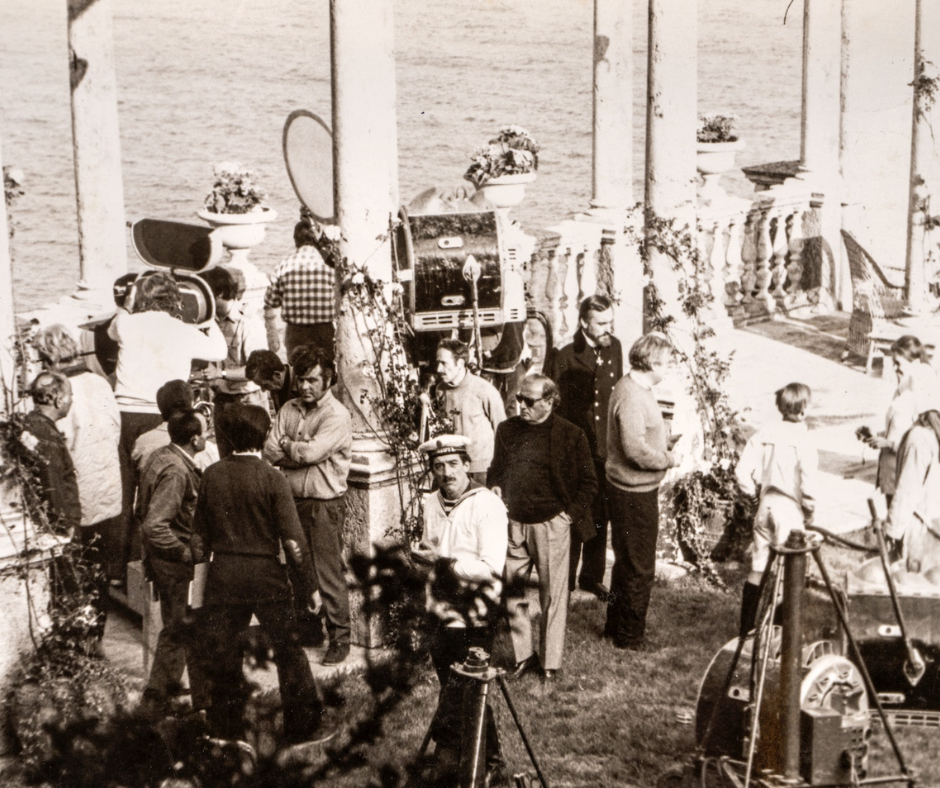
Filming has never stopped
The presence of the dancer Rudolf Nuréiev, embodying the seductive silent film star, caused a certain uproar in the neighborhood, but the artist did not want to give interviews, do photo sessions or sign autographs. Some waitress at the hostel would end up calling him a “cocky, hysterical and unfriendly” man.
Ken Russell’s film, in a way, put an end to the stage that began more than twenty years ago, with the stellar arrival of “Pandora.” Since the late seventies, S’Agaró would experience a much more discreet cinematographic activity.
Seven decades after discovering these places, it seems that Hollywood has decided to forget them.
